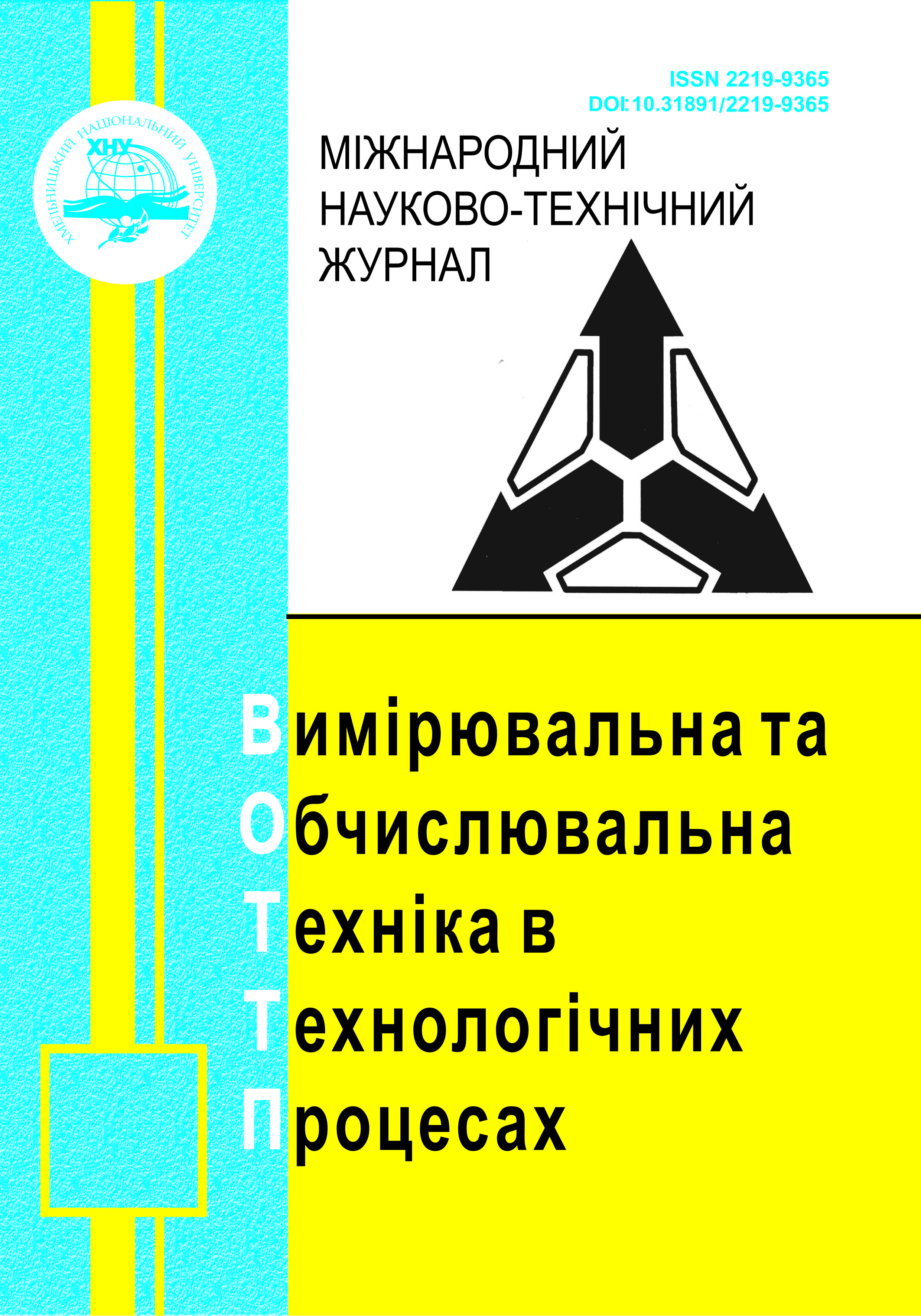INTEGRATED VEHICLE COMMUNICATION SYSTEM FOR ENHANCING ROAD SAFETY AND EFFICIENCY
DOI:
https://doi.org/10.31891/2219-9365-2024-79-17Keywords:
Vehicle-to-Everything, IEEE 802.11p, LTE-V2X, V2X protocol, V2X communicationAbstract
Currently, the transportation industry is undergoing significant technical transformations thanks to the introduction of the new Vehicle-to-Everything (V2X) technology. This technology provides direct wireless data exchange between vehicles, road infrastructure and other road users. Systems built according to this technology are able to significantly increase the safety, efficiency and convenience of road traffic, helping to reduce the number of accidents, optimize traffic and support autonomous driving. In view of this, the relevance of the presented research is determined by the need to develop reliable and effective communication protocols for V2X, which are able to meet modern requirements for speed, reliability and security of data transmission.
This paper addresses the development of reliable and efficient communication protocols for integrated V2X (Vehicle-to-Everything) systems, aimed at enhancing road safety and efficiency. The relevance of this research is driven by the rapid development of the transportation sector and the implementation of V2X technologies, which enable wireless data exchange between vehicles and infrastructure. The study analyzes existing V2X systems, examines messaging models, and develops a combined protocol that leverages the advantages of IEEE 802.11p and LTE-V2X technologies. The proposed approach achieves high performance, reliability, and safety under various usage scenarios, ensuring low data transmission latency and message integrity. Special attention is given to the development of mechanisms for message prioritization, integrity, and authentication based on Public Key Infrastructure (PKI).

